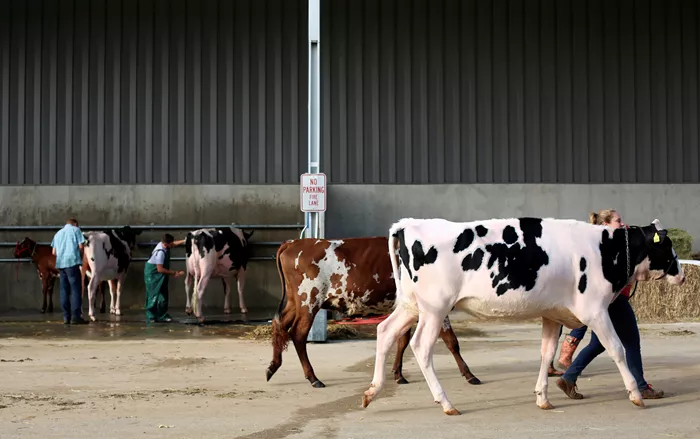The U.S. Department of Agriculture (USDA) confirmed on Wednesday that a second strain of bird flu has been detected in U.S. dairy cows for the first time. This new strain, called D1.1, was found in dairy cattle in Nevada through the USDA’s national milk testing program.
Previously, dairy cattle infections in the U.S. were only linked to the B3.13 strain. D1.1, however, has only been observed in wild birds and poultry until now, signaling a possible transmission to cows.
The USDA continues to work with Nevada’s Department of Agriculture to investigate the case further, conduct additional testing, and gather more epidemiological data to limit the spread of the disease.
Since the start of the outbreak, there have been 957 confirmed cattle infections across 16 states, with 36 new cases reported in California and Nevada over the past month.
D1.1 is also considered a potential threat to humans. The first U.S. human case of the D1.1 strain was reported in Louisiana earlier this year. The patient, who died, was over 65 and had underlying health conditions. A 13-year-old girl in British Columbia, Canada, was also hospitalized in November with the same strain but survived.
Despite these incidents, the Centers for Disease Control and Prevention (CDC) maintains that the general public’s risk remains low and there is no evidence of human-to-human transmission.
In response to the outbreak, the USDA launched its National Milk Testing Strategy in December, ordering all raw milk samples to be tested for bird flu. The USDA said the detection of D1.1 in dairy cows does not change its approach to eradicating bird flu.
Read more:
Egg Shortage Explained: How Bird Flu Is Affecting Supply And Prices
Enhancing Breast Cancer Care Across Europe: The Launch Of The European Quality Assurance Scheme
Federal Health Workers Alarmed As DEI Watch List Targets Employees


